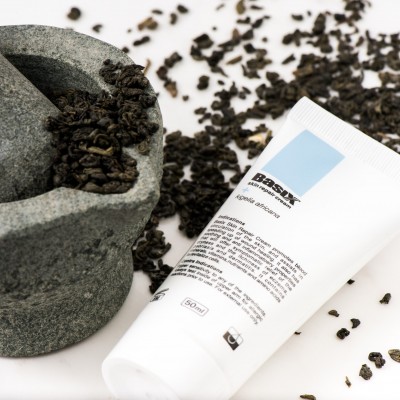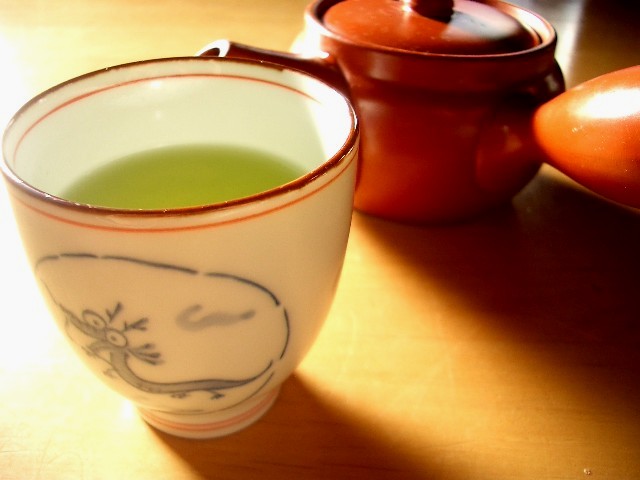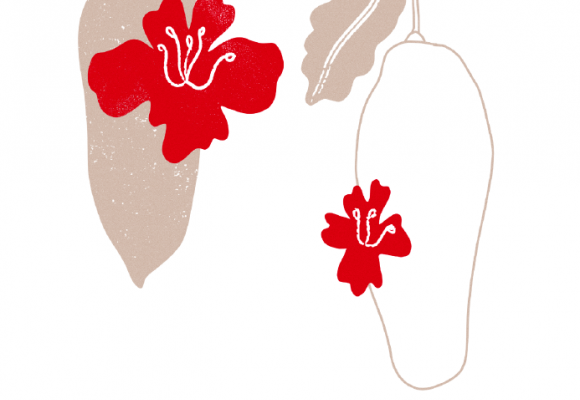
Green Tea - Component Insights
Legend has it that the first cup of tea ever drunk was by the Chinese Emperor Shennong in 2737 BC. The emperor had been resting under a Camellia sinensis tree, when some leaves fell into the water he was boiling to drink, changing its colour. Shennong tried the infusion and found it pleasing, and so the first pot of tea was born. Tea is one of the oldest documented beverages we enjoy today, and the most widely consumed beverage in the world.

History of tea
The earliest written records describing the cultivation of tea are from the Han dynasty in China (206 – 200 AD) during which time tea was thought of as a medicinal drink. It wasn’t until much later during the Tang dynasty (600 – 900 AD) that tea was consumed for pleasure, and tea ceremonies became a fundamental part of Chinese society. The process of steaming the tea was developed, allowing for a better taste with less bitterness.
During this time Lu Yu wrote a treatise on tea called the “Cha Jing” or The Classic of Tea, a book describing the origins and medicinal properties of tea, as well as detailed instructions on the correct way to make tea. The ability to make tea well and with grace was considered a highly valuable social skill.
How Green tea is made
All tea was once green tea, since this is tea in its most natural form. Green tea is made from the Camellia sinensis leaves and buds, but without the withering and oxidation process used to make black tea. Leaves are harvested three times a year, with the first harvest producing the highest quality tea.
Once harvested, the leaves are immediately heated, for two important reasons - firstly to preserve the green colour of the tea and secondly to prevent oxidisation and thereby preserve the beneficial phenolic compounds.
The heating process varies across different regions - Chinese green teas are pan fired and then dried, while most Japanese green teas are quickly deep steamed, delivering a bright green infusion. This process is what gives green tea its high concentrations of chlorophyll, polyphenols and other antioxidants.
Green tea was introduced to Japan in 805 AD by Buddhist monks and is today cultivated there as well as throughout East Asia. Japanese green tea has been highly valued and treasured as a precious medicine for health and longevity. In Japan, green tea is often presented as a gift on special occasions as a wish for good health and long life.
Tea was introduced to Britain in the 17th century as a medicine, though for many years it was only the very wealthy that could afford it. Green tea only made its way into European and Western culture in the late 19th century with the invention of the Clipper ship, which allowed for a shorter transportation time from the east.

Medicinal benefits
Green tea contains an abundance of anti-oxidants, which help to protect against and reduce oxidative stress and fight cell damage associated with ageing and certain diseases. The majority of these are polyphenols called catechins, the most powerful of which is EGCG (epigallocatechin-3-gallate).
Regular consumption of green tea may reduce the risk of heart disease, by decreasing inflammation, lowering cholesterol and blood pressure levels. The polyphenols found in green tea can assist in weight loss by boosting thermogenesis (the process whereby the body burns calories) and help to regulate blood sugar levels.
The antioxidant effects of green tea boost the immune system and may increase bone mass, keeping the bones strong and healthy. They also benefit liver function and reduce the risk of cancer.
Green tea is also good for the brain, as it’s said to enhance the memory and protect against mental decline and diseases such as Parkinsons, Alzheimer’s and dementia.
Green tea contains the amino acid L-theanine which is a calmative and effective antidote to stress and anxiety. It also promotes healthy teeth as it has natural antibiotic and antifungal properties, and contains fluoride which strengthens tooth enamel.

Cosmetic benefits
Cosmetics enriched with green tea deliver its numerous antioxidant effects directly to the skin. Green tea is anti-inflammatory, reparative, detoxifying and soothing. It stimulates circulation, regulates oil production, boosts elasticity and reduces damage caused by sun exposure. It’s also a natural antimicrobial and astringent, and can assist in treating a number of skin of ailments such as dermatitis, rosacea, warts, and acne.
All the more reason to incorporate this ancient yet readily available wonder leaf into ones daily diet and beauty routine!
Sources
https://www.healthline.com/nutrition/10-benefits-of-green-tea-extract#10.-Easy-to-Add-to-Your-Diet
https://nuts.com/healthy-eating/green-tea-benefits
https://www.hibiki-an.com/contents.php/cnID/17
https://www.revolutiontea.com/blogs/news/the-history-of-green-tea
https://www.artoftea.com/blogs/tea-101/what-is-green-tea
https://www.joyteacompany.com/blogs/tea-academy/green-tea-history-and-secrets-an-overview
https://www.teavivre.com/info/green-tea-history.html
https://medicalxpress.com/news/2016-06-history-health-tea.html










